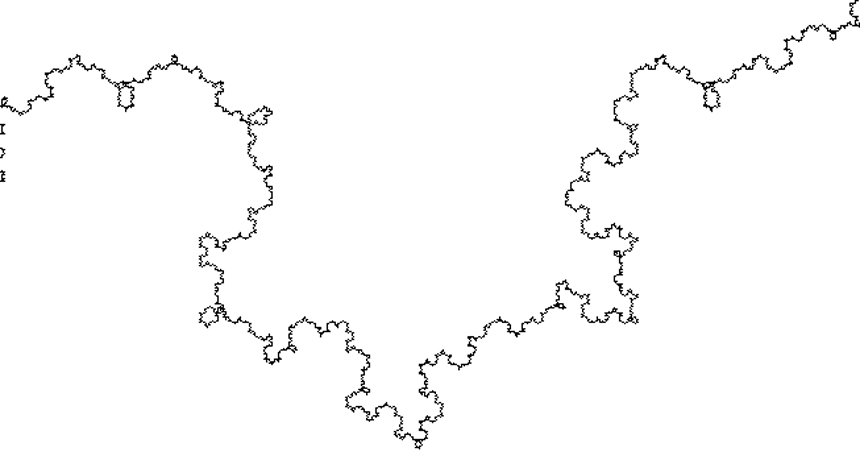How fractals jam glassy materials

A fractal pattern in the energy landscape of glass molecules may influence the way the molecules arrange themselves and could help to explain how other materials behave.
Prokofiev/Wikimedia Commons (CC BY-SA 3.0)

A fractal pattern in the energy landscape of glass molecules may influence the way the molecules arrange themselves and could help to explain how other materials behave.
Prokofiev/Wikimedia Commons (CC BY-SA 3.0)